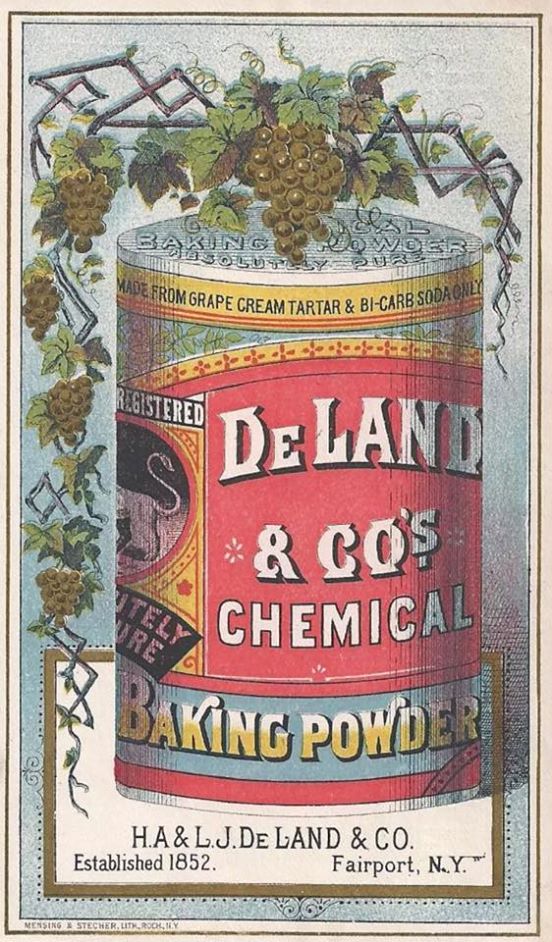Prissy little gateauxs with their requirement for precision cutting, icing and filling aren't my normal style (primarily because I turn them into a mess) but time over a bank holiday, a couple of patisserie books and watching too much of BBC's bakeoff creme de la creme prompted me to have a go.
Rhubarb had appeared in the farm shop again and I couldn't resist it's alluring red and the promise of a sharp fruit layer in my cake. For some reason a yoghurt mousse and pistachio sponge seemed like it would be a great contrast to the rhubarb. It was also a good excuse to buy yet more moulds - rectangular ones this time. Mr Vitty was a bit skeptical about including a rhubarb jelly so we adapted it into a rhubarb mousse. I've been wanting to play with some sugar work for a while now so took the opportunity to use the pistachios bought for the joconde sponge to make a pistachio brittle which provided the contrast of some much needed crunch against the softness of sponge and mousse.
We ended up with layers of pistachio joconde sponge, rhubarb mousse, yoghurt mousse, decorated with rhubarb compote, pistachios and pistachio brittle. The yoghurt mousse was probably the most surprisingly successful element, a sharp,sweet, creamy mousse. I was really pleased everything held its shape and it all came out of the moulds (with a bit of help with a blow torch). There is a lot of preparation for these and it was a great way to learn and practice a variety of techniques.
I think if I do this again I'll revert to the rhubarb jelly idea as although both mousses tasted great there wasn't enough contrast in texture and a strongly flavoured, sharp, soft set rhubarb jelly will set things off really well.
The recipes were based on those in
Perfecting Patisserie by Tim Kinnaird (a local celebrity since winning Master Chef a few years ago). It's a great book which describes all the core techniques with some recipes, but encourages inventiveness and playing with your own flavours and textures.
 |
| All the bits ready to go |
Pistachio Joconde Sponge
100 g Caster Sugar
40 g Egg Yolks
40 g Ground Pistachio
50 g Plain Flour
70 g Egg White
Whisk together half the caster sugar and egg yolks until pale and fluffy. Fold in the nuts and plain flour. Whisk the egg whites for 30 seconds and then add the rest of the sugar. Continue to whisk until the mixture forms soft peaks of meringue. Mix 1/3 of the meringue into the pistachio mixture to slacken it and then gently fold in the rest of the meringue. Spread onto a lined baking tray and bake for 10-12 minutes at 170
oC until lightly browned and springy. Leave to cool
Rhubarb Puree
250 g Rhubarb
1 tablespoon water
60 g Caster sugar
Chop the Rhubarb into short lengths and simmer with a little water and caster sugar until soft. Blitz in a food processor or blender and pass through a sieve. As this was to be added to meringue to form the mousse I only added half the sugar to try and prevent everything becoming too sweet
Italian Meringue
100 g Egg Whites
300 g Caster Sugar
70 g Water
Heat the sugar and water in a small saucepan until it reaches a temperature of 117
oC. As the sugar and water mixture is coming up to temperature begin to whisk the egg whites in a stand mixer. Whilst whisking, pour the hot sugar syrup into the egg whites in a thin stream. Continue to whisk until the mixture is stiff and cool.
The Mousses (makes far to much for the quantity of sponge - but still got eaten)
1 quantity Italian Meringue split into 2
150 g Rhubarb Puree / Plain Yoghurt
300 g Whipping Cream whipped to soft peaks and split into 2
2 x 5 g Silver Leaf Gelatine (or equivalent)
Soak each 5 g quantity of gelatine in separate bowls of water. Warm the yoghurt and rhubarb puree in separate saucepans and add one quantity of soaked gelatine to each and allow to cool. To one half of the meringue fold in the rhubarb puree and to the other half of the meringue fold in the yoghurt. Then fold half the cream into each flavoured meringue.
Pistachio Brittle
Caster Sugar
Pistachios
Place the pistachios in a food bag and bash with a rolling pin to break them into smaller pieces. Heat caster sugar in a small saucepan over a medium heat and stir periodically until the sugar has melted and is a light brown colour. Remove from the heat and quickly add the nuts and then pour onto a silicone mat. Allow to cool before breaking into decorative shards or place in a food bag and bash with a rolling pin for a crunchy topping.
Assembly
Use a metal mould to cut out the right shapes from the sponge. You'll need twice as many cut pieces as final portions.
Leave the moulds around half the sponge pieces and pipe in a layer of rhubarb mousse. Place another layer of sponge ontop then pipe on a layer of yoghurt mousse.
Place the moulds in the fridge for at least an hour to allow the mousses to firm up so the cakes hold their shape. Remove the cakes from the fridge and heat the metal with a blow torch to allow it to expand slightly so you can easily remove the mould. Be careful not to melt the mousses too much.
Place the unmoulded cakes back into the fridge to firm back up again.
You can then decorate them as you like. For some of mine I brushed the cakes with a little reserved rhubarb puree which acted as glue for some crushed pistachios. For others I left the cakes naked so I could see the layers and sprinkled the tops with some crushed brittle.




















































